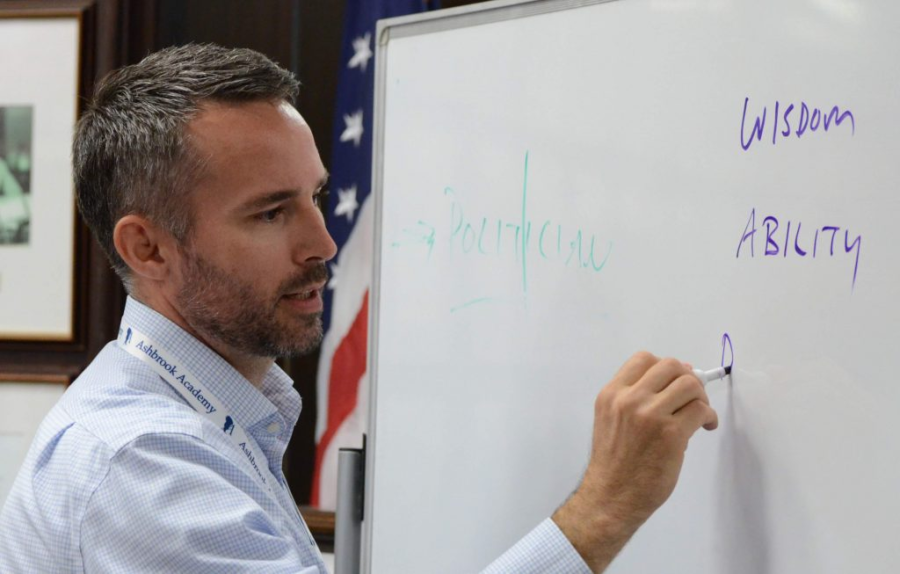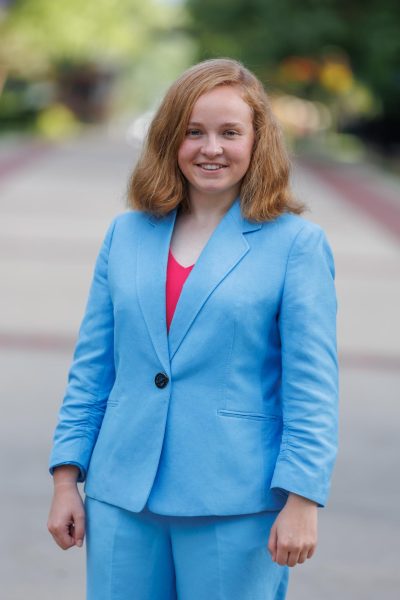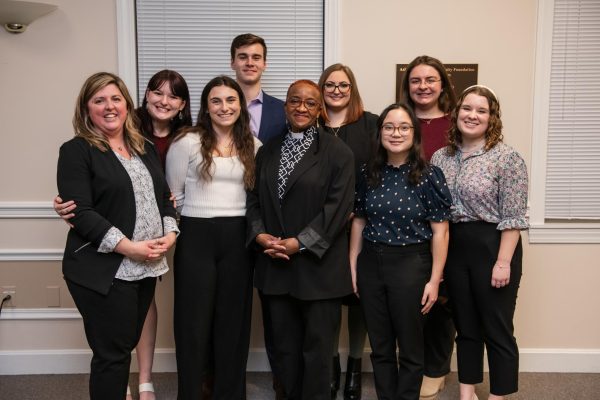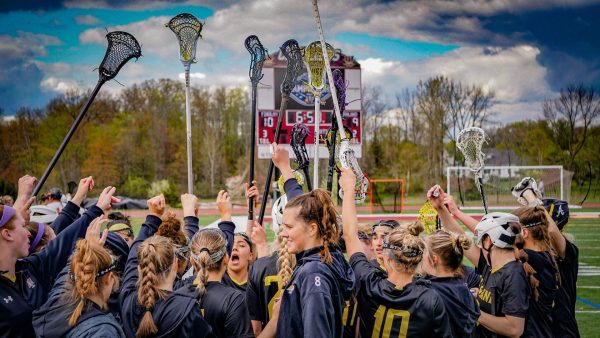Understanding the role of faculty senate
April 22, 2022
Many students across Ashland University probably have never heard of the faculty senate, and most likely do not know what it does either.
Dr. Rosaire Ifedi, president of the faculty senate, said, “The faculty senate really speaks for, advocates, creates rules for faculty that also affects student life.”
She continued on in explaining that the faculty senate is also in charge of the curriculum. The faculty senate is divided into committees within the senate that all have different responsibilities.
Dr. McBrayer, vice president of the faculty senate, best explained the faculty senate as a branch of the government like how in the United States there are three branches of government. He continued on saying that the university “branches” are the board of trustees, the administration and the faculty senate.
The faculty senate, according to McBrayer, oversees the budget, speaks to and provides checks over the administration, and defends academics.
The faculty has been known to work hand-in-hand with the student senate, but there has been a misconception between the faculty senate and the student senate.
“My impression is that [the students] view the relationship as if the [student senate] are the house representatives and [the faculty senate] are the senate, and that they pass things down to us, and that we’re supposed to give it to the administration,” said McBrayer.
The student senate and the faculty senate are both independent of one another, and as Ifedi put it best saying that the faculty senate “supports the student senate.”
The faculty senate tries to work with the student senate as much as possible in addressing the student’s needs across campus, but the faculty senate and student senate have “no formal relationship” as McBrayer said.
The biggest issue that has affected the faculty senate the most in the past year or two is the sunsetting of many programs. This issue has not just affected the faculty senate specifically, but also the students and the departments that had majors that were cut.
The sunsetting came out of left field, and originally the faculty senate was unaware of this, and the faculty senate was not happy about this.
The decision was made by the Board of Trustees, and told the administration to cut some majors.
Idefi said that one of the main reasons for the cutting of the majors was because the numbers were falling in the majors. This has been causing lots of issues for the academics and curriculum on campus.
McBrayer mentioned that Ashland University’s core is mainly focused on the liberal arts, and the majors that have mainly been cut are majors within this area.
According to both Idefi and McBrayer said that there is not enough to bring the majors back to be a full-fledged major as before, but there are some ideas in the work to bring back the programs. Both mentioned that the main objective was to make sure the programs there are no further cuts to any of the majors and to keep moving forward on the issue.
Idefi mentioned at least keeping a minor in the majors that have been cut, and McBrayer mentioned finding professors that can teach dual classes like a professor who could teach a foreign language and another subject.
The faculty senate is continuing to work on the issue of the majors and the curriculum across the university.













